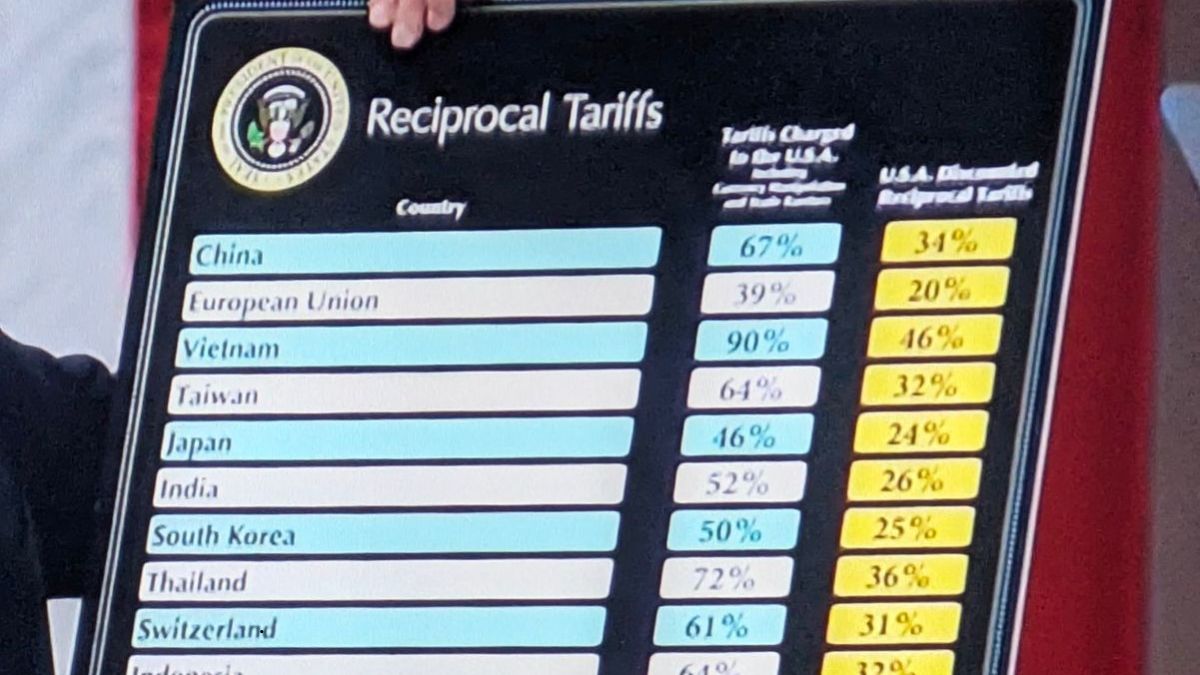In a landmark trade move, President Donald Trump has confirmed that the United States will implement a 34% tariff on Chinese imports, beginning tomorrow, under his newly signed reciprocal tariff order. This move is aimed at mirroring the 67% tariff that China levies on comparable American products, in what the President called a “simple” and “fair” approach to trade.
“Reciprocal. That means they do it to us and we do it to them. Very simple. Can’t get any simpler than that,” Trump said.
The decision marks a significant escalation in the United States’ trade strategy with China and is expected to affect major Chinese export sectors.
Why China?
President Trump pointed out the imbalance, stating that China currently charges a 67% tariff on many U.S. products while the U.S. charges far less in return. “We’re just making it fair,” he noted, emphasizing that the 34% U.S. tariff reflects half of China’s rate.
What’s at stake?
China’s top exports to the U.S. include:
- Consumer electronics: smartphones, computers, televisions
- Automobiles: companies like BYD, NIO, and Geely
- Machinery and equipment: telecom gear, industrial tools
- Toys, textiles, and plastics
The 34% tariff will sharply impact Chinese manufacturing giants that rely on the U.S. as a key market. BYD, one of China’s biggest electric carmakers, and several consumer electronics exporters are expected to be among the hardest hit.
Background
President Trump has long criticized the trade relationship with China, calling past deals “a horror show.” Today, he described the reciprocal tariff plan as part of a broader national revival, calling it “Liberation Day” for American industry.
“Foreign scavengers have torn apart our American dream. It is not going to happen anymore,” Trump said.
Further details on implementation and sector-specific tariffs are expected soon. For now, the administration has confirmed that the 34% tariff on China is effective from Thursday, 12:01 a.m. EDT.


